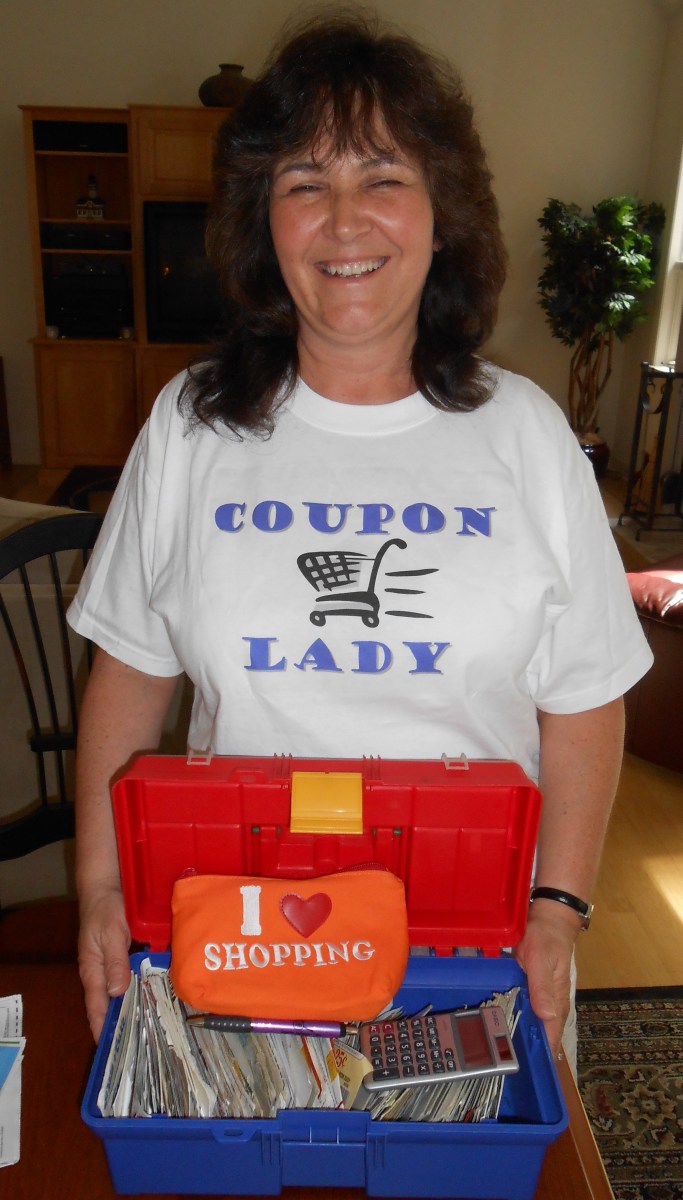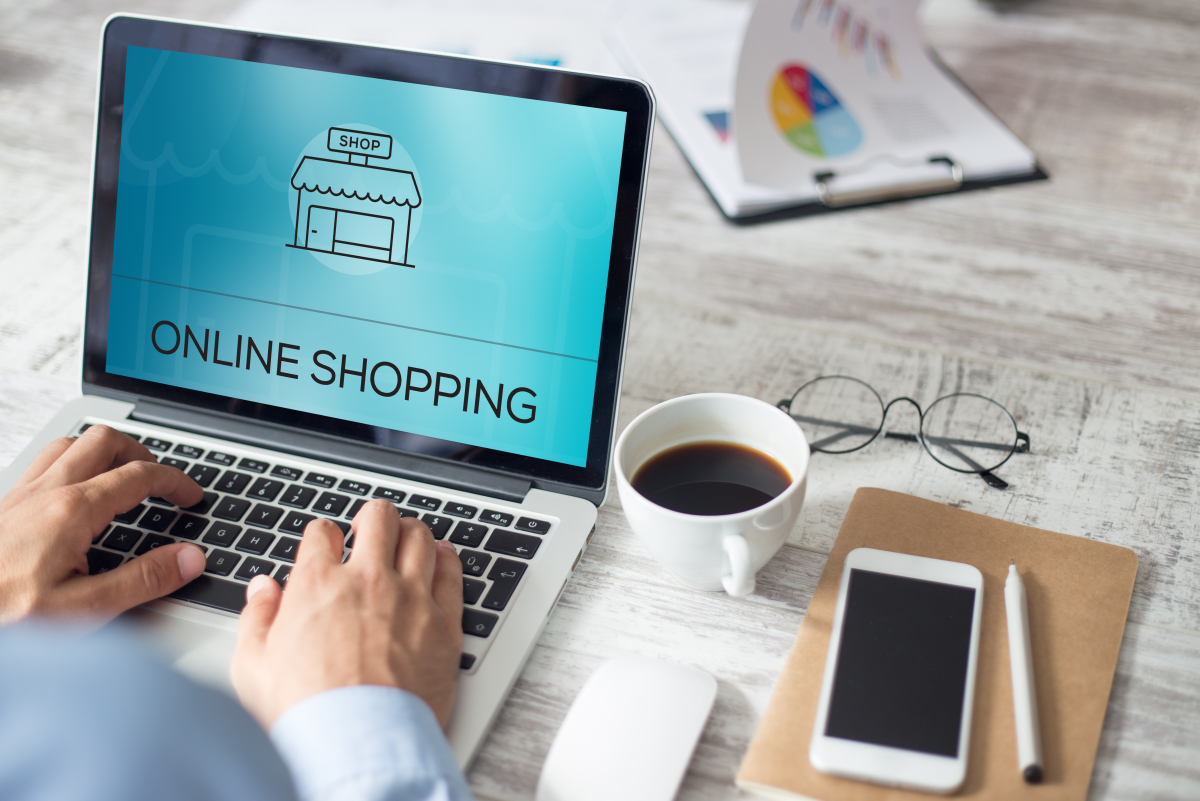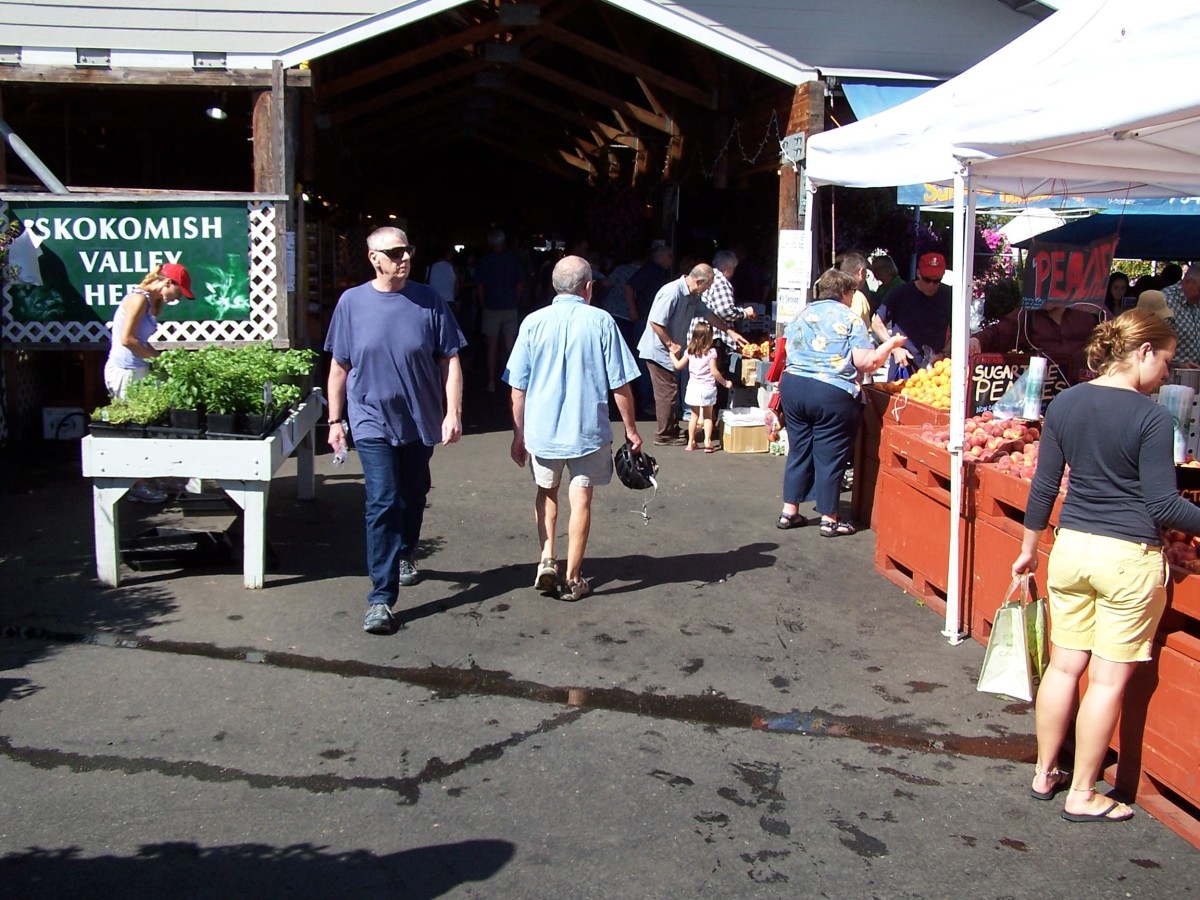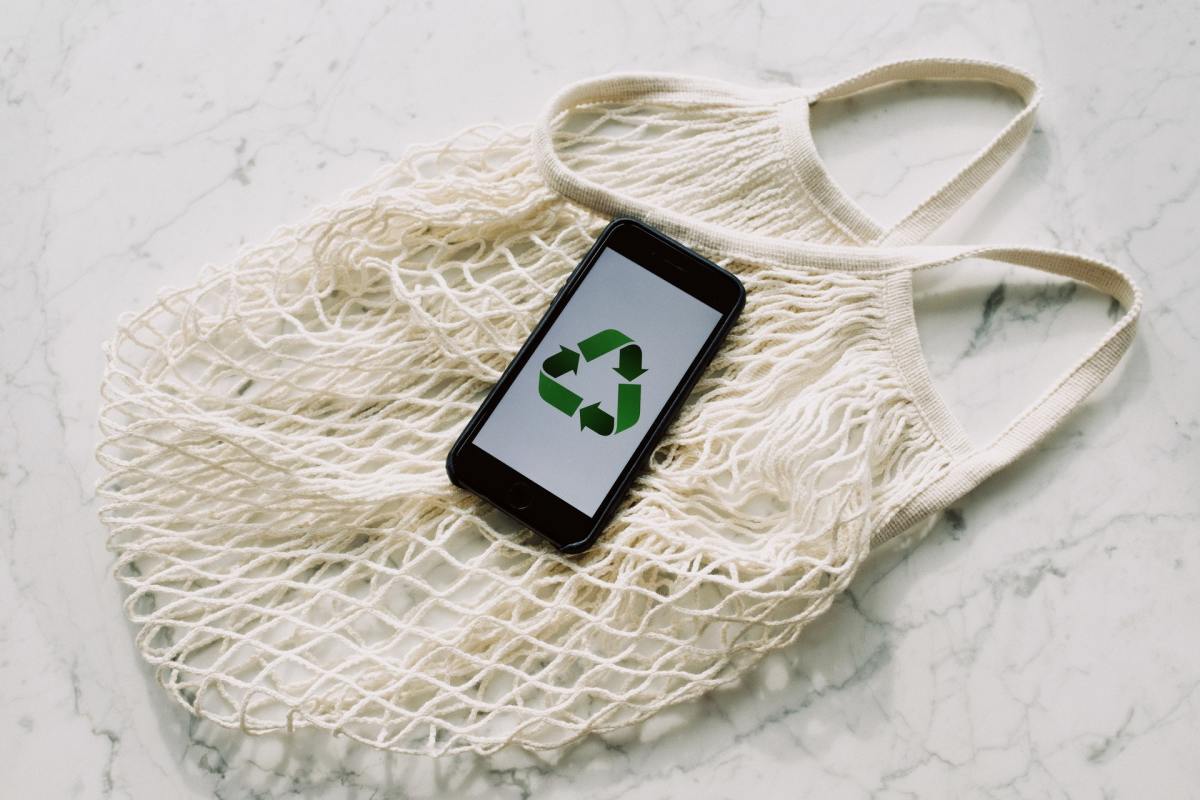The High Price of Convenience

The times, they are a changing
Gone are the days of traditional retail shopping. Or, are they? While both retail and online shopping afford the shopper with the ease of browsing through various numbers of options to choose from, as well as sizes and colors, they each pose a valid threat to the other. Convenience seems to be the golden standard for our society today. But, is the sake of convenience really the be-all, end-all story for traditional shopping?
We live in a convenience driven world in which many people are choosing not to take the time to go traditional shopping in stores, but rather browse online deals and have their products delivered directly to their doorstep. This trend in online shopping has posed serious threats to many brick and mortar department stores. Many of the long-loved chains of old, that many of our mothers, and grandmothers, and aunts shopped at have closed their doors for good in the fallout of the rise in online shopping. As Gili Malinsky points out in an article published on Bankrate’s web site, “Retail closures hit a record high in 2017, with nearly 7,000 stores disappearing. The trend is expected to continue in 2018, although not on a scale as massive. So far, more than 1,770 store closings have been announced. Some chains are phasing out stores over a period of years.” (Malinsky. 2019). One would be hard pressed to be exempt from having stores in or around their areas closing down. However, on any given day, one can walk into a shopping mall or free-standing department store and see a vast array of shoppers browsing the aisles.
A new trend that is having a serious impact on the traditional brick and mortar stores is minimalism. Among the current generations, millennials tend to be taking hold of this minimalistic lifestyle by the masses. With the rise of young millennial millionaires booming out of the social media platform, this generation has adopted the minimalistic lifestyle to afford them the ability to get out and travel to places and do things for their video and Instagram photo success. Therefore, they have adopted a lifestyle that does not require them to own vehicles or do traditional shopping. As Mark Wilson pointed out in a 2017 article for Fast Company, “Millennials are moving to cities, and they’re not buying cars. ““We have an entire industry around suburban big-box grocery stores,”” says Aidan Tracey, CEO at product branding collective sgsco. ““Loading a case of water and diapers on your back and getting on the bus isn’t going to work.”” (Wilson. 2017)
While both traditional and online shopping both offer the consumer a variety of products to choose from, it is the convenience of online shopping that tends to make if more attractive to today’s market. However, some stores are taking notice of this, and are restructuring their traditional shopping methods with convenience-based options. For example, “Macy’s, for instance, closed dozens of stores last year. Sears closed more than 150 locations. Morgan-Petro points to Target for being proactive, and introducing flexible format stores, which have a smaller footprint and more market-focused inventories. ““They’re getting very, not to be punny, targeted to where they’re opening up,”” Morgan-Petro continues. ““A lot of them are college campus stores or urban campus stores.”” (Wilson. 2017), While many stores, such as Target, opening smaller stores that house products targeted toward their consumer base, many, including Target have even gone a step further in the convenience game of retail shopping. Many stores such as Target, Publix, Kroger, and Walmart now offer the consumer the convenience of online shopping with in-store pick up. Most of them also have a drive-up option where the consumer does not even have to get out of their car, but rather have their purchases delivered to them, right in the parking lot. In some areas where the store may be one of the smaller stores that do not have in stock all of the products offered online, there is still always the option for having the products delivered right to your door.
An online order for in store pick-up consumer shopping test conducted by Courtney Reagan in November of 2017 showed that there were still similar hassles to traditional shopping in as much as waiting in line to pick up their products. As noted, “There were still some lines to contend with at some of the locations, with the online order pickup counters serving multiple customer service purposes at retailers including Lowe's, Macy's and Target.” (Reagan. 2017). The report went on to state that, “Ordering online is supposed to be convenient, but each team thought it was the more cumbersome part of the process.” (Reagan. 2017). There is also an added concern that the colors or size shown online may not depict an accurate picture of what the consumer will unbox. In light of the idea of one needing to be more tech savvy to complete online ordering or a simple desire for some consumer to physically see the color or feel the materials, or smell a product for themselves prior to purchasing, there will always remain a loyal brick and mortar shopping base. So, whether it is the convenience of online shopping or the “retail therapy” of traditional browsing aisles and picking out items for purchase, their shopping platforms are similar whereas their differences offer little contrast. In essence, it will come down to consumer preference, and even that is relative. Some consumers may go out on a Saturday morning shopping with their friends at the mall, then go home and order their groceries online for drive up delivery at their local Kroger.
Resources
Malinsky, Gili. “Big Retailers Announcing Store Closings In 2018.” Bankrate, Bankrate.com, 7 Feb. 2019, www.bankrate.com/lifestyle/major-retailers-shuttering-locations-in-2017/#slide=1.
Reagan, Courtney. “Putting Buy Online, Pick up in Store to the Test: How the Retailers Stacked Up.” CNBC, CNBC, 22 Nov. 2017, www.cnbc.com/2017/11/22/putting-buy-online-pick-up-in-store-to-the-test-how-the-retailers-stacked-up.html.
Wilson, Mark. “The Way You Shop Will Change Forever This Year. Here's How.” Fast Company, Fast Company, 9 Jan. 2017, www.fastcompany.com/3067019/the-way-you-shop-will-change-forever-this-year-heres-how.








